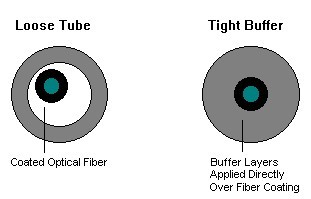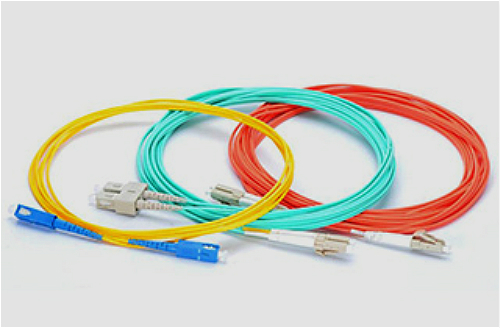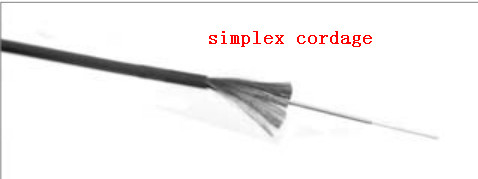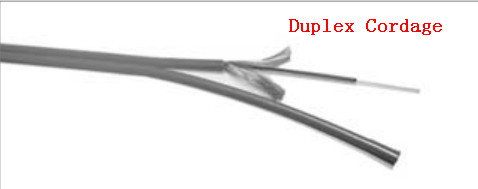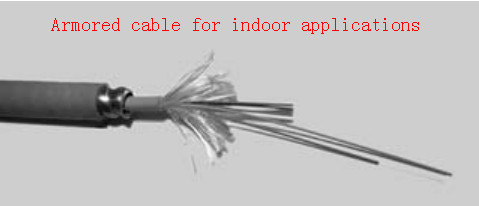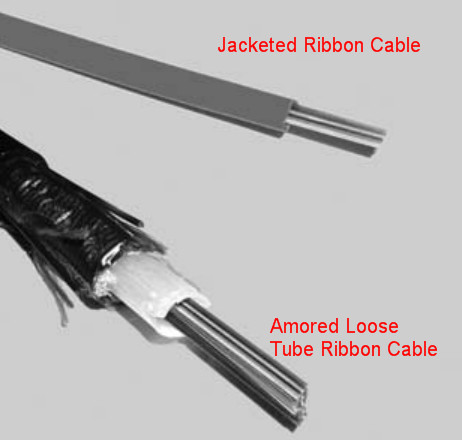If you have concerns on why do we have to run LSZH cables in some special networking cabling environment, FiberStore editor here is pleased to make it all a little clearer. In this article, we’ll explain a little abut what halogens are, what’s the difference between PVC and LSZH cable, and why do we have to run the LSZH cables.
What halogens are?
A halogen is a nonmetallic element, such as fluorine, chlorine, iodine, or bromine. When exposed to flames, substances made with halogens give off toxic fumes that quickly harm the eyes, nose, lungs, and throat. Did you notice tsat fluorine and chlorine are commonly found in cable insulation and jackets? Even when cables are designed to be flame-resistant, any cable when exposed to high enough temperatures will melt and burn. PVC cables contain chlorine, which emits toxic fumes when burned.
What’s the difference between PVC and LSZH cable?
We know, much of the cable currently in use in the United States and elsewhere in the world contains halogens. The European market is demanding that cables used in LANs, WANs, etc. Meet LSZH specification. The IEC 60332-1 governs the Flame Retardant Grade specifications in reference to LSZH cable.
Essentially the compound used in manufacturing cables meeting the above specifications reduces the amount of dangerous/poisonous gases in case of fire. The main difference in specifications between IEC 60332-1 versus UL 5181, UL 1666 and UL 910 is that the cable under the IEC specifications continue to burn while still emitting very low gases. The UL specs demand that the flame be extinguished, but it can still be emit poisonous/dangerous gases.
A PVC cable is made of polyvinyl chloride. It has a jacked that gives off heavy smoke, hydrochloric acid, and other toxic gases when it burns. Low smoke zero halogen cable has a flame-resistant jacket that doesn’t emit toxic fumes even if it burns. PVC patch cords are soft, while LSZH patch cords are more rigid because they contain the flame retardant compound, and they are aesthetically more pleasing.
Many different fibre optic cable manufacturers are now making low-smoke, zero-halogen (LSZH or LS0H) cables.
These cables are designed to emit no toxic fumes and produce little or no smoke when exposed to flames. Tunnels, enclosed rooms, aircraft, and other minimum-ventilation areas are prime spots for the use of LSZH cables because those areas are more difficult to escape from quickly.
Why do we have to run the LSZH cable?
LSZH cables are popular outside the United States. Some safety advocates are calling for the use of LSZH cables in the United States, specifically for the plenum space. Review your local building codes to determine if you must use LSZH cable. Non-LSZH cables will produce corrosive acids if they are exposed to water (such as from a sprinkler system) when burned; such acids may theoretically further endanger equipment. But many opponents of LSZH cable reason that if an area of the building is on fire, the equipment will be damaged by flames before it is damaged by corrosives from a burning cable.
Why, you might ask, would anyone in his or her right mind argue against the installation of LSZH cables everywhere? First, reducing toxic fumes doesn’t necessarily mean the cable is more
fireproof.
The flame-spread properties are worse than for cables in use today. Numerous studies by Bell Labs showed that cables composed of LSZH will not pass the plenum test, not because of smoke generation but because of flame spread. Most Low Smoke cables designs will only pass the riser test where the allowable flame spread is greater. Second, consider practicality. LSZH is an expensive solution to a problem that doesn’t seem to really exist in the United States.

